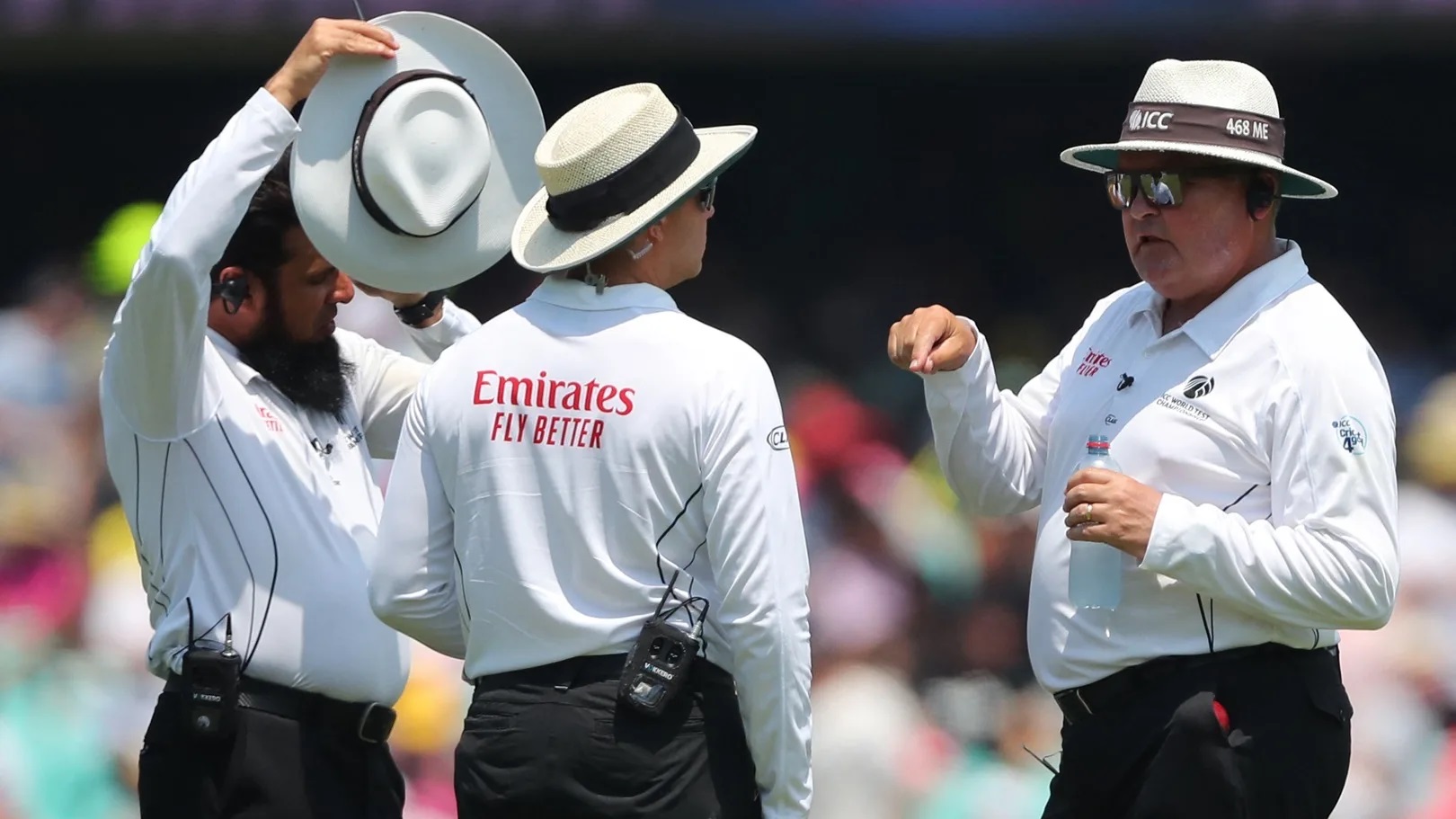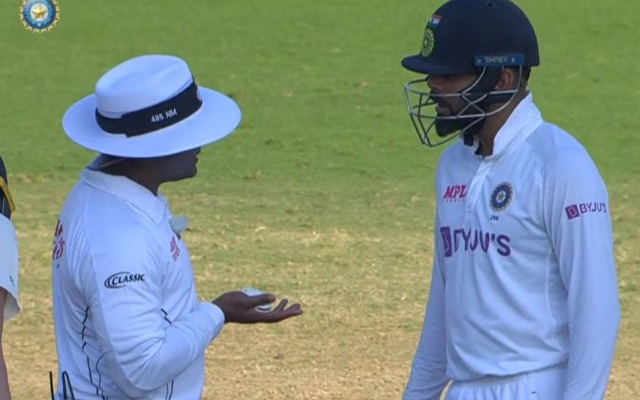Welcome to The Cricket Lounge’s ‘Laws of Cricket’ series, in which we will share some of the most interesting yet lesser-known laws of cricket. We have started this series to spread more awareness among the fans about the laws of cricket and build understanding about the lesser-known laws of cricket that bind the game of cricket.
In this post, we will have a detailed look at Law 2.8 that talks about the suspension of play in dangerous or unreasonable circumstances

Many times we see that umpires don’t let the play begin even when the rain has stopped and the pitch is dried. It is because Law of Cricket book’s Law 2.8.2 states that the on-field umpires should immediately suspend the play or not allow the play to start if the conditions of the ground, weather or even in the case of bad light, or any other circumstances the are either considered dangerous or unreasonable. This is a very important law of cricket as it directly effects the outcome of Test match in many cases.
Law 2.8 ensures the safe playing conditions for the cricketers and it’s mainly to prevent injuries on the field due to wet patches, low visibility of the ball and extreme weather conditions.
Laws of Cricket
2.8 Suspension of play in dangerous or unreasonable circumstances
2.8.1 All references to ground include the pitch. See Law 6.1 (Area of pitch).
2.8.2 The Umpires shall immediately suspend play, or not allow play to start or to recommence, if either umpire considers that the conditions of ground, weather or light, or any other circumstances are either dangerous or unreasonable.
2.8.3 When there is a suspension of play it is the responsibility of the umpires to monitor conditions. They shall make inspections as often as appropriate, unaccompanied by any players or officials. Immediately the umpires together agree that the conditions are no longer dangerous or unreasonable they shall call upon the players to resume play.

